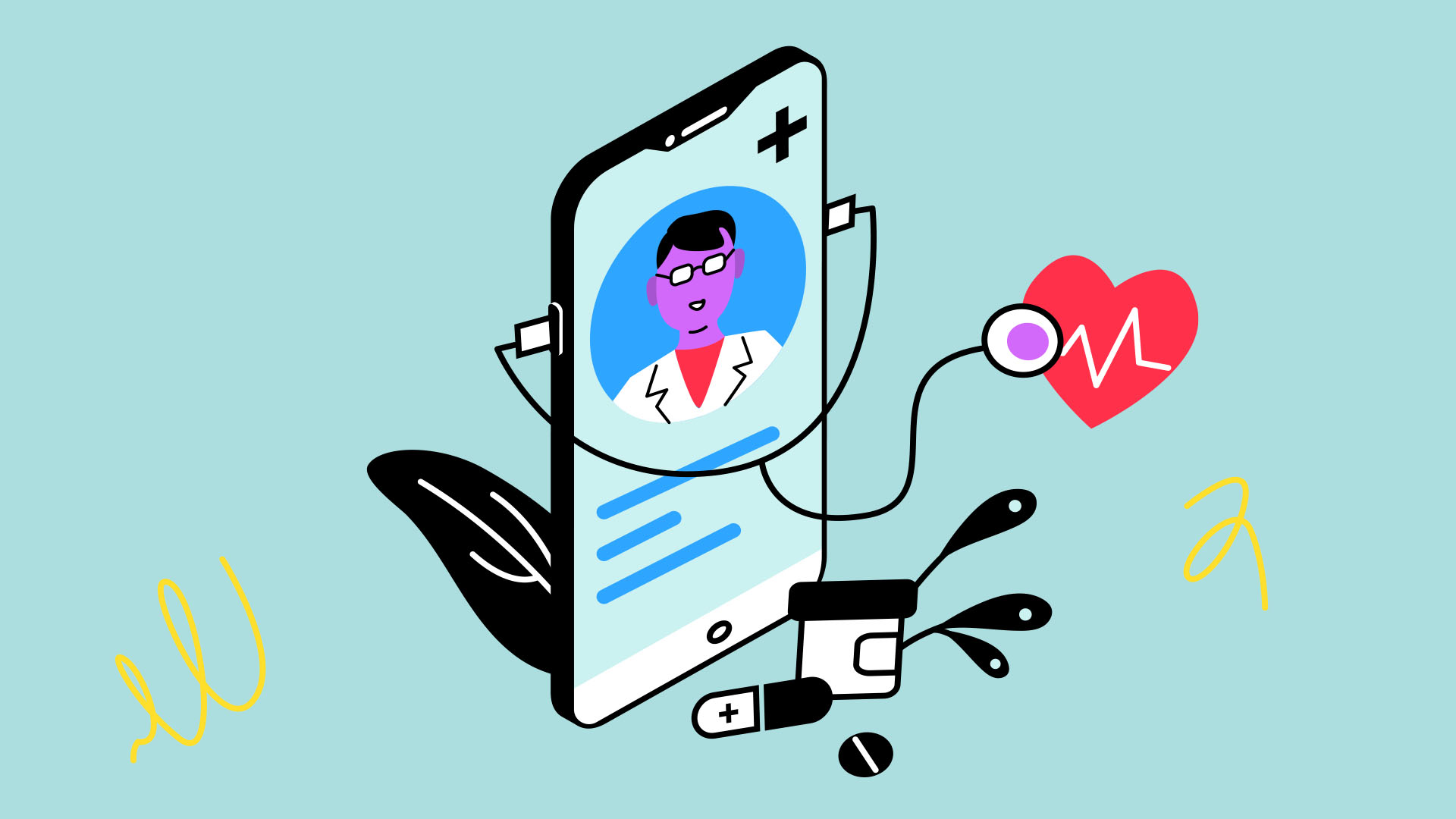Published by
Medical Records Interoperability
The days when patients filled lengthy paper forms before their doctor visits or received printouts of their test results are behind us. According to the Center of Medicare and Medicaid Services (CMS), over 90% of healthcare providers manage their patients’ medical records electronically. Electronic Medical Records (EMR) are the digital medical charts produced and managed by a provider. Most patients have their digital medical records dispersed with multiple providers including physician offices, hospitals, clinics, laboratories, and pharmacies. To benefit from digital medical records, all provider records need to converge into a single history and health account for the single patient via interoperability.
Medical records interoperability refers to the ability of different EMR systems to share, exchange, and communicate patient information with each other.
The value of interoperability is multifaceted.
1. First, patients have more control managing their wellbeing by deciding who to see and when.
2. Second, physicians have full insight into new patients’ history and are quicker and more equipped to treat patients without duplicated testing and checkups.
3. Third, diagnoses, alerts, and preventive care are easier and better informed because of the comprehensiveness and completes of the health information.
4. Forth, the research community greatly benefits because interoperable data provides datasets for studies with less bias and better sample representation.
5. Fifth, interoperability facilitates the curation of larger sets of data making it easier to benefit from artificial intelligence (AI) in healthcare.
Ultimately, EMR interoperability improves patient outcomes and gives the patient true ownership of their health information. The seamless sharing facilitates communication with and within providers promoting better care coordination. The work to instill interoperability in healthcare has been going on for over two decades. The progress has been slow. The effort is big. But the results are promising.
Interoperability Standards and Common Frameworks
Interoperability requires standards for data transfer and exchange. There are at least two levels of interoperability requiring different types of standards. The first level is syntactical interoperability which is the technical method of capturing, packing, transporting, receiving, and storing digital medical records. The second level is semantic interoperability which is the method of interpreting the data in the same meaningful way. The technical level is somewhat the easier one. It is the semantic level that has been harder to achieve. It is more common now, but not consistent. Two of the most widely used healthcare interoperability frameworks today are openEHR—pronounced “open-air” and FHIR (Fast Healthcare Interoperability Resources)—pronounced “fire”.
Both openEHR and FHIR are open-source and developed by non-profit organizations (openEHR and HL7 respectively). Also, both openEHR and FHIR are designed around hierarchical data models. openEHR refers to the data entities as archetypes, while FHIR refers to them as resources. openEHR is built with Archetype Definition Language (ADL) making it vendor-neutral and platform-independent. FHIR is built with RESTful APIs (Application Programming Interfaces) and JSON (JavaScript Object Notation). openEHR was available in the early 2000s. FHIR launched over a decade later but gained fast popularity due to its use of ubiquitous modern web technologies. FHIR is now adopted by major EMR vendors such as Epic, Cerner, and Allscripts.
openEHR and FHIR have predefined set of archetypes and resources respectively. openEHR’s archetypes are more complete and comprehensive data models that cover all aspects of healthcare, including clinical, administrative, and financial data. FHIR, on the other hand, focuses primarily on clinical data and provides a set of resources that are specific to clinical domains. Both standards though are customizable allowing vendors to create their own data elements to meet specific requirements.
openEHR maintains Clinical Information Model (CIM) for defining, representing, and interpreting clinical information in a standardized way. Similarly, FHIR works with Clinical Document Architecture (CDA) that defines templates and profiles of clinical documentation. It supports structured and unstructured data within clinical documents.
Both frameworks are positioned as semantic interoperability solutions. They can be integrated with international medical language and coding standards such as ICD (International Classification of Diseases), ICPC (International Classification of Primary Care), SNOMED (Systematized Nomenclature of Medicine), LOINC (Logical Observation Identifiers Names and Codes), NANDA-I (North American Nursing Diagnosis Association International), and ATC (Anatomical Therapeutic Chemical).
Problems with openEHR and FHIR
openEHR and FHIR are not without their pitfalls and
drawbacks. One main issue is the lack of security and privacy measures. On their own, they are not compliant with the Health Insurance Portability and Accountability Act (HIPPA) and fall short on authentication and authorization protocols. Hence, mature security frameworks are needed alongside. SMART on FHIR is an example of these frameworks that are designed to supplement security and privacy functions.
It is not easy to implement openEHR and FHIR. They don’t come pre-packaged with EMR systems and ready to plug and play. They require considerable effort and significant expertise to implement and get them ready for consistent use. Their integration requires careful planning and execution. It is important to consider factors such as data mapping, security, and governance to ensure that the integration is effective and sustainable over the long term.
Although the ability to integrate with existing international medical language standards is good, it does add to the complexity of interoperability given the many sets of codes there are in healthcare in general. Some language standards have multiple codes for the same diagnosis, medications, and laboratory results.
There is still considerable lack of awareness or understanding of the standards, or resistance from stakeholders. Ongoing sustainable governance is another requirement for these standards to work. It is yet to be proven.
The Future of Interoperability
Overall, both openEHR and FHIR are important standards for improving healthcare interoperability and data exchange while also enabling collaboration. Although neither standard is perfect, we owe it to the betterment of healthcare, and patients in particular, to stand behind and support their development. They make a key milestone to mainstream interoperability. They are internationally accepted, and FHIR has been endorsed by the CMS and the Office of National Coordinator for Health Information (ONC)
Each of the openEHR and FHIR standards have unique strengths that makes them complement each other in some cases. openEHR is designed to be highly adaptable and well-suited for complex clinical scenarios. FHIR is designed to be flexible, lightweight, and well-suited for realtime interactions. Combining these two standards can achieve greater interoperability. There are already efforts underway to integrate them. As healthcare interoperability continues to evolve, we can expect to see more examples of openEHR and FHIR working together to achieve the common goals of advanced patient care and experience.
Originally posted in EXP Magazine. Learn more about our Healthcare Practice.




